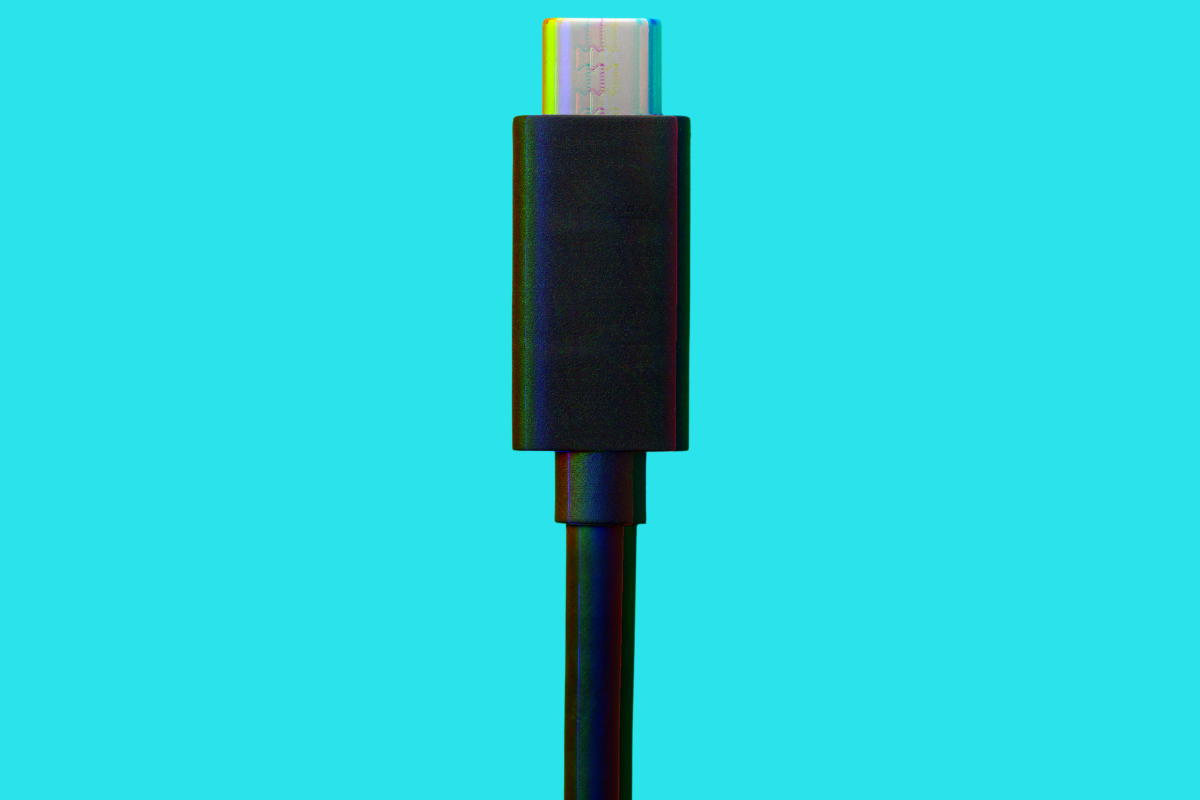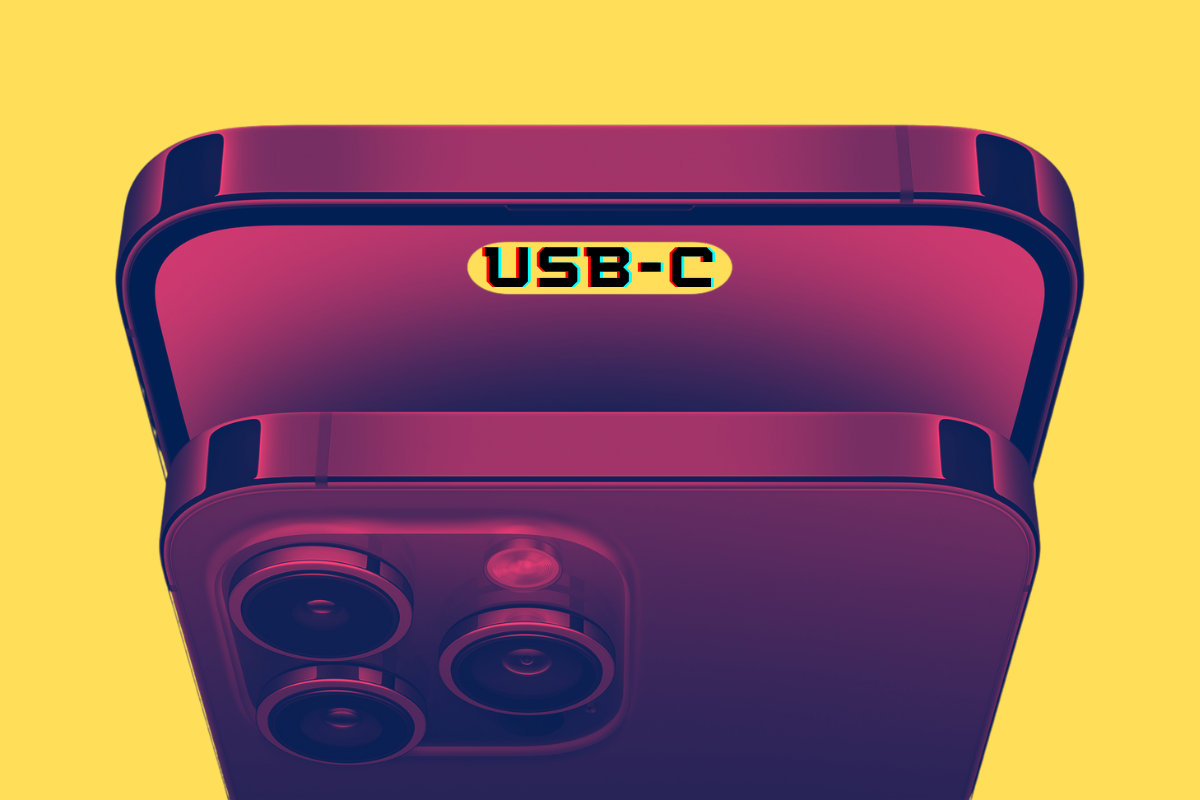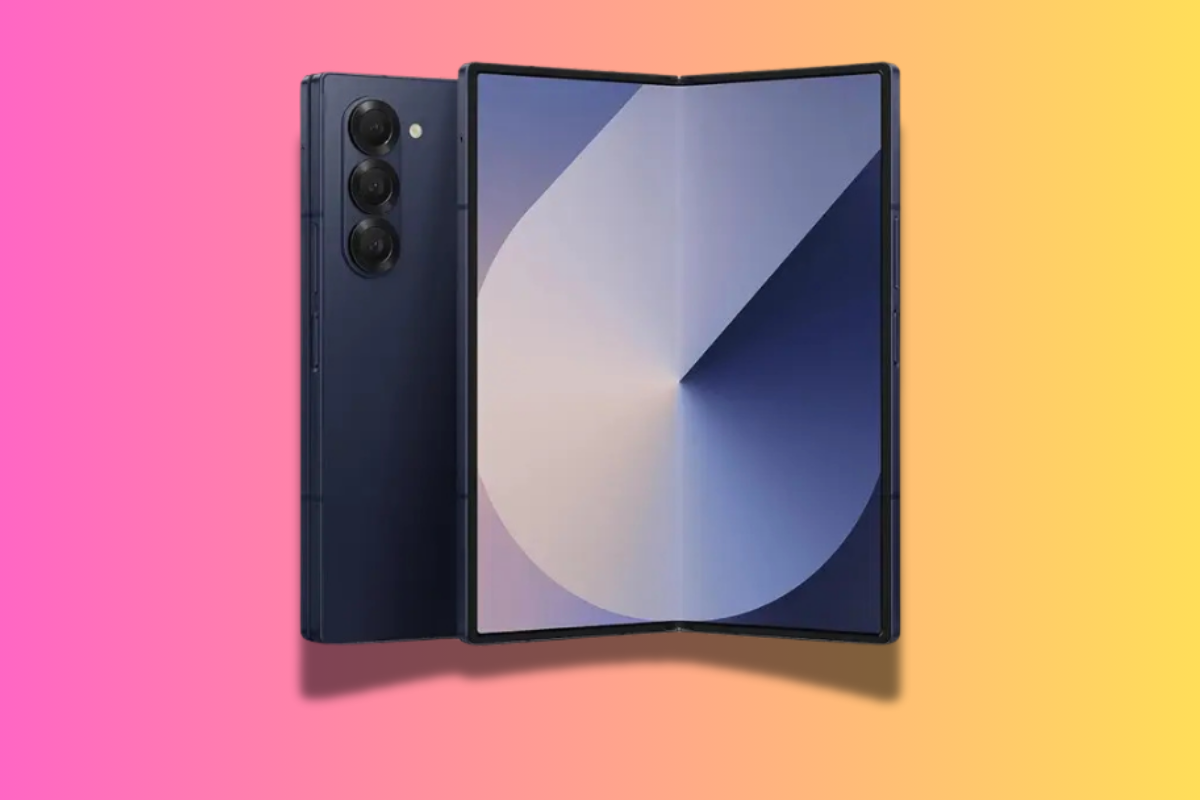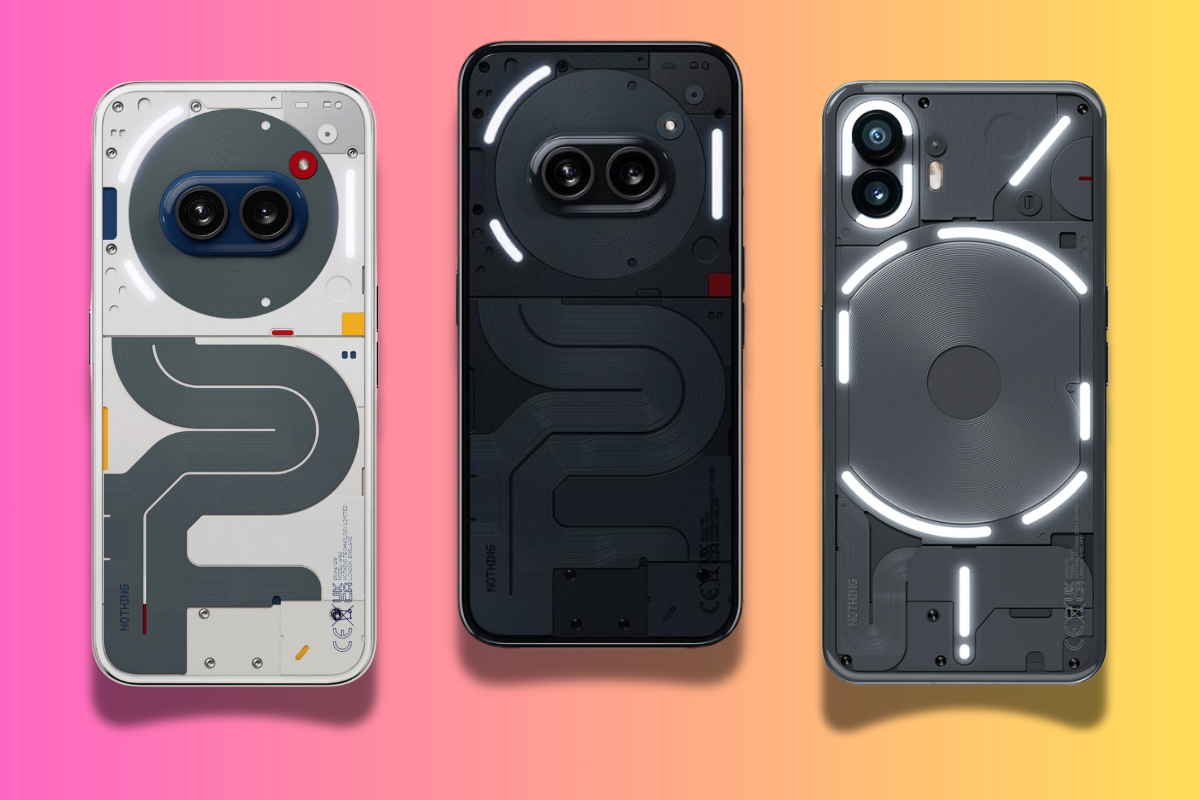The iPhone 15 series has now completely switched over to USB C for charging, ditching its long standing Lightning port. Here’s why this is a very good thing indeed…
Get ready to toss those Lightning cables, Apple aficionados! In a groundbreaking announcement, Apple has confirmed that its latest tech marvel, the iPhone 15, will feature a USB-C charging port. Sayonara, proprietary Lightning port; hello, universal USB-C.
This seismic shift doesn’t just bring Apple into line with the rest of the smartphone universe, but also syncs it up with laptops, tablets, and a growing list of tech gadgets.
But it’s not all good news: there is a pretty major difference between the USB C standards used on Apple’s iPhone and its iPhone 15 Pro models. Spoiler alert: the iPhone 15 Pro and Pro Max use the more advance USB C 3.0 standard.
Could this be Apple’s way of waving a white flag to industry standards? Partially, but it’s also a nod to the European Union’s regulatory muscle. The EU mandated that mobile devices need to standardize charging ports to USB-C by late 2024, and it looks like Apple is making its move early.
Why This is Great News for You and Your Wallet
Let’s talk about the perks for us, the consumers. USB-C is more or less the United Nations of charging ports. It’s universally recognized, which means finding a cable just became a heck of a lot easier.
You know what else is universally recognized? The pain of needing different cables for different devices. USB-C helps to declutter your life by making one cable fit all.
And let’s not forget the price tag. Typically, USB-C cables don’t drain your bank account like those Apple-specific Lightning cables. So, yes, in the war of the cables, your wallet emerges victorious.
But What About Old iPhone Users?
If you’re clinging onto an older iPhone model like it’s a technological security blanket, you might want to consider stockpiling those Lightning cables. Apple may halt production of these proprietary cables sooner rather than later. But don’t hit the panic button just yet; other retailers will likely keep selling them for a while.
To Upgrade or Not to Upgrade?
So, does a USB-C port make the iPhone 15 an absolute must-buy? Well, not necessarily. While the new charging port is a neat feature, if your existing iPhone is still kicking it, you don’t really need to upgrade just for the sake of a USB-C port.
But you should definitely check out what the new iPhone series has to offer because unlike previous years, 2023’s iPhone line-up is very impressive, indeed.
iPhone 15 Debrief ⤵️
Need to know more about Apple’s new iPhone 15 series? Check out the articles below for a wider overview of what Apple announced during its 2023 keynote address:
10 Reasons Why USB-C is Better Apple’s Lightning Standard

- Universal Compatibility: One of the biggest advantages of USB-C is its universal compatibility. Unlike the proprietary Lightning port, which is exclusive to Apple devices, USB-C is used across a wide range of tech products, from Android smartphones to laptops and even some gaming consoles. This means you can use the same charger and cables for multiple devices, reducing clutter and the need for multiple adapters.
- Faster Charging: USB-C supports higher wattage charging compared to Lightning, allowing for faster charging speeds. This is especially beneficial for power users who are always on the go and need their devices charged quickly.
- Higher Data Transfer Rates: USB-C can transfer data at up to 10 Gbps, which is twice as fast as the maximum 5 Gbps supported by Lightning. This is crucial for professionals who need to transfer large files between devices frequently.
- Two-Way Charging: Known as “Power Delivery,” USB-C allows for two-way charging. This means you can use your phone to charge other devices, like your wireless earbuds or even another phone, which is not possible with Lightning cables.
- Video Output Support: USB-C supports video output, allowing you to connect your device directly to an external display using a single cable. While you can do this with a Lightning port, it requires an additional adapter.
- Future-Proofing: As technology evolves, USB-C is becoming the standard for more and more types of devices. By adopting this technology, Apple is future-proofing its devices, ensuring compatibility with a wide range of future products and technologies.
- Reversible Connector: Like the Lightning cable, the USB-C connector is reversible, meaning there’s no “wrong” way to plug it in. This user-friendly design feature is now available to more than just Apple users.
- Enhanced Audio Capabilities: USB-C supports digital audio, which means it can deliver higher-quality sound than analog connectors. This could pave the way for better audio accessories and eliminate the need for a separate headphone jack altogether.
- Robust Ecosystem of Accessories: Because USB-C is a universal standard, there’s a wide range of compatible accessories available, from docks and hubs to high-performance external drives. This opens up a world of possibilities for enhancing your device’s capabilities.
- Environmental Benefits: The universal nature of USB-C can lead to fewer cables and adapters being produced and, subsequently, thrown away. This aligns well with Apple’s increasing focus on sustainability and environmental responsibility.


